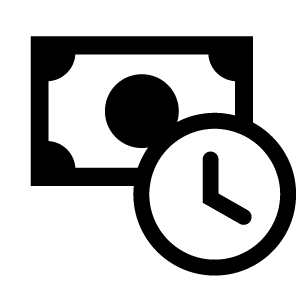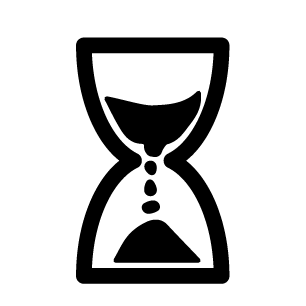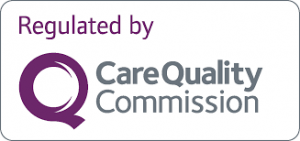





Non-surgical blepharoplasty involves using a pen device to remove the excess skin and tighten the area.
The device creates a tiny beam that, when it touches the skin, causes immediate sublimation of the skin in that area – in other words, it turns the skin cells from their solid state into a gas. When applied to excess skin, the plasma energy has an immediate effect, literally vaporising it away while visibly tightening the remaining skin tissue.
This Non-surgical eye lift treatment helps tighten the skin, reduce fine lines and wrinkles and improve tone and texture.
Duration
60 minutes
Frequency
1 to 3 treatments every 6 weeks
Downtime
Minimal (full recover 7 days)
Skin Concerns Treated
Pricing
From £500
| Upper or lower eyelid non-surgical blepheroplasty | £600 | |
| Upper and lower eyelid non-surgical blepheroplasty | £1,080 | |
| Neck Rejuvenation | £700 | |
| Smokers Line Treatment | £500 | |
| Marionette Lines/Chin Treatment | £500 | |
| Front of the Ear Lift | £550 |
Non-surgical blepharoplasty involves using a small pen device to remove the excess skin and tighten the area, without the need for surgery. The device creates a tiny beam that, when it touches the skin, causes immediate sublimation of the skin in that area – in other words, it turns the skin cells from their solid state into a gas.
When applied to excess skin, the plasma energy has an immediate effect, literally vaporising it away while visibly tightening the remaining skin tissue. The excess eyelid skin is sublimated using plasma without damage to the basement membrane, muscle or other underlying structures. The treatment is performed without the need for a general anaesthetic, or cutting or suturing of the eyelids, and it leaves no scars afterwards.
The procedure offers similar results as traditional blepharoplasty surgery, but with quicker recovery and avoiding many of the significant risks associated with surgery.
Before you have a Non Invasive Eye Lift treatment, we will assess the degree of laxity and amount of skin that needs to be removed to achieve the best results. This will be assessed during your skin consultation whereby you will meet with your Aesthetic Practitioner and be able to ask any questions you may have. Photos will be taken before and after the procedure so as to allow the practitioner to compare the results.
We apply a topical anaesthetic cream to numb the treatment area and we leave it on for 20 to 30 minutes.When the skin is numb, we start the treatment using the device. The sublimation process causes the immediate contraction of the skin in the treated area. We are therefore not touching the skin with the device and not causing a burn to the skin. The marks left after the treatment are called carbon crust.
With each treatment, we carefully and precisely remove only the excess skin, leaving the surrounding healthy skin unaffected.
Depending on the amount of skin laxity, you may need a course of 1 to 3 sessions to achieve the best results.
The aftercare consists of leaving the crust intact for 3 days following the treatment. We do not recommend apply any ointment for a few hours after the treatment.
Sunscreen is very important to avoid pigmentation as well as avoiding the sun during the healing phase of the treated area. Sleeping with an extra pillow at night can also help to reduce puffiness and swelling around the eyes. You should wash the skin only using your hands and water, and no clothes or gloves.
Once the crust falls off (3 to 7 days) the skin will appear pink until complete healing. A specific ointment recommended by your Aesthetic Practitioner will be advised.
This will be explained in further detail by your Aesthetic Practitioner.
Compared to conventional surgical blepharoplasty – which carries significant risk of scarring, eyelid dysfunction (from too much skin removed) treatment has been shown to be very safe and equally effective.
The immediate side effects following the treatment will be swelling and crusting of the treated area. Swelling can be even more significant when treating the upper and lower eye area. This is entirely normal and will subside in a few days.
The crusting is also a very important part of the healing phase and recovery. The crust can last between 5 to 7 days. Your practitioner will go through the aftercare with you and you will receive an aftercare pack to go home with.
